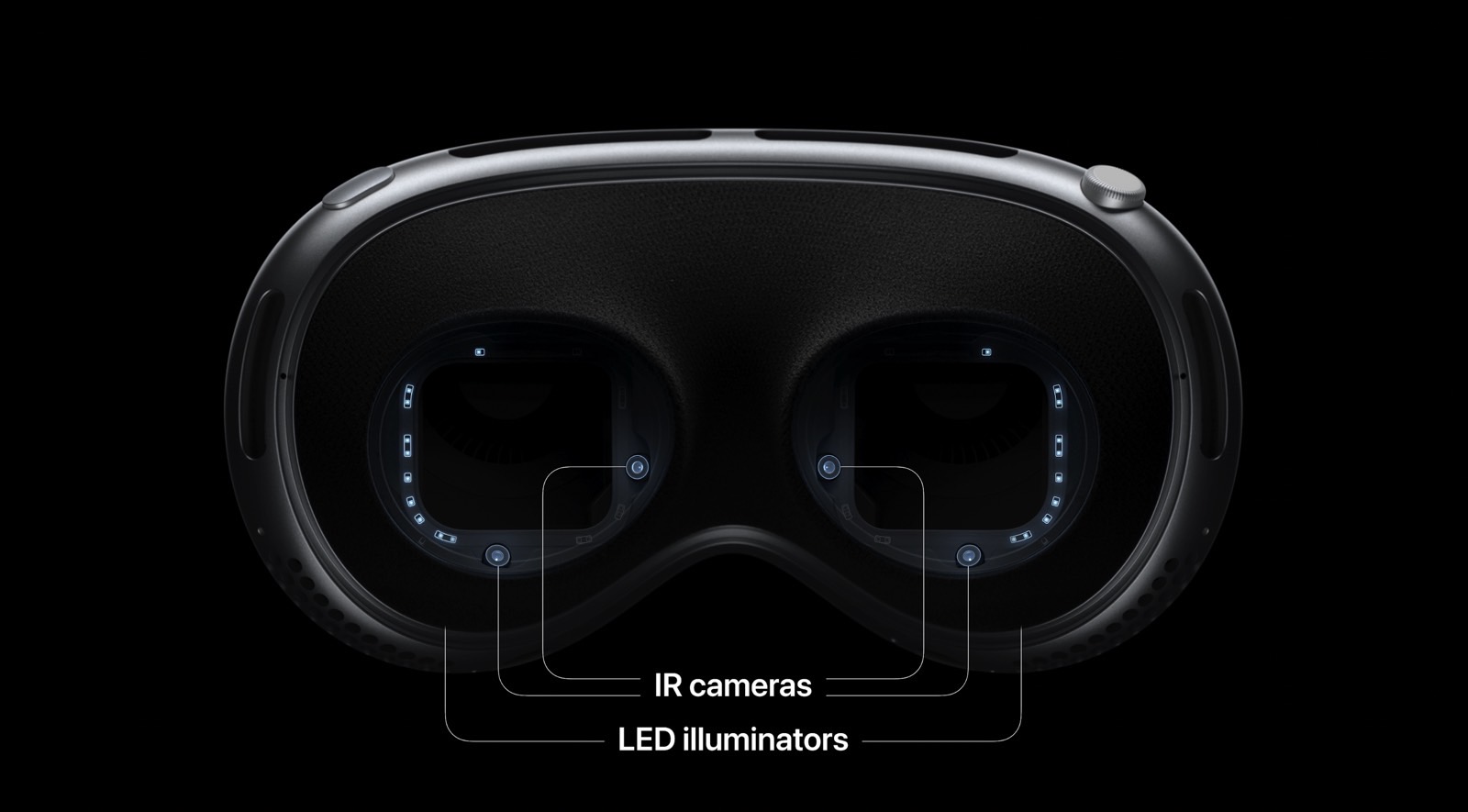For better or worse, Apple’s Vision Pro is the talk of the town. While not everyone is convinced about the gadget’s potential, especially given the steep $3,499 entry price, there’s no denying that the Vision Pro packs remarkable hardware, including innovations that are not available elsewhere. I fully expect many Apple rivals to follow the Vision Pro lead and replicate some of its design choices and hardware solutions. But the first Vision Pro feature that everyone else should copy is Apple’s new Optic ID iris scanner authentication method.
The Vision Pro is a complete computer
As I explained before, the Vision Pro isn’t a VR headset, an argument I see thrown around repeatedly. That misconception might lead to the wrong conclusion that a $3,499 VR headset can’t possibly be any better than the cheaper VR devices that only do VR.
The Vision Pro is Apple’s first decisive move towards the future of computing, where a much smaller version will sit on your face, possibly replacing the iPhone.
The headset is a full-fledged computer running visionOS, an operating system that will feel familiar to iPhone, iPad, and Mac users.
The Vision Pro hands-on previews have shown how easy it is to navigate. You only use your eyes and hands, with Siri commands also available. A powerful ChatGPT-like generative AI solution should come in handy, but Apple doesn’t own one.

How Optic ID works
What I’m getting at is that a powerful computer that contains plenty of sensitive user data needs powerful security. That’s what Optic ID is. It’s the equivalent of Face ID and Touch ID but for the eyes. Optic ID won’t just lock and unlock the Vision Pro computer.
It’ll also enable Apple Pay payments, including App Store purchases. And it’ll support password fill, so apps like 1Password would still work in spatial computing.
Optic ID data sits in the Secure Enclave chip on the device. Just like Face ID and Touch ID information. That makes it inaccessible to hackers. So if the Vision Pro is lost or stolen, they won’t be able to log into the device.
Optic ID uses eye-tracking cameras and LED illuminators to authenticate users. Apple said during the WWDC 2023 keynote that Optic ID can tell the difference between identical twins. The operating system analyzes the iris under various LED light exposures. It then compares the data with the Secure Enclave information.
It’s unclear at this time whether Optic ID has a failsafe mechanism, like a password or PIN. Face ID and Touch ID do. I wouldn’t be surprised if visionOS had a lock screen similar to macOS, where you could input a password. But I’m speculating.
We need similarly strong security from any Vision Pro alternative that wants to be a computer rather than a standalone VR content consumption device. There may be other ways to authenticate users securely, but Optic ID seems as seamless as fast as Face ID.

Don’t forget about eye privacy
I was enthusiastic about Face ID from the moment iPhone X came out, and I told you more than once that I wouldn’t want an iPhone that ditched it. I now think that Optic ID will be just as important.
Of course, smartphone vendors have tried iris scanning before. Samsung phones used to have the feature. But that’s not in the same ballpark. Optic ID is possible because the sensors are right there in your face. You can’t do that with phones.
Finally, I’ll point out another great eye-related Vision Pro privacy feature. With all that eye-based computing going on in the handset, some sites and services will want to know where the user was looking before choosing an item or product. But Apple will not make that precious information available to anyone.
Also, all the camera data is processed at the system level, and apps won’t have access to it.
Hopefully, after rivals replicate Optic ID, they’ll also invest just as much money into AR/VR computing privacy.








